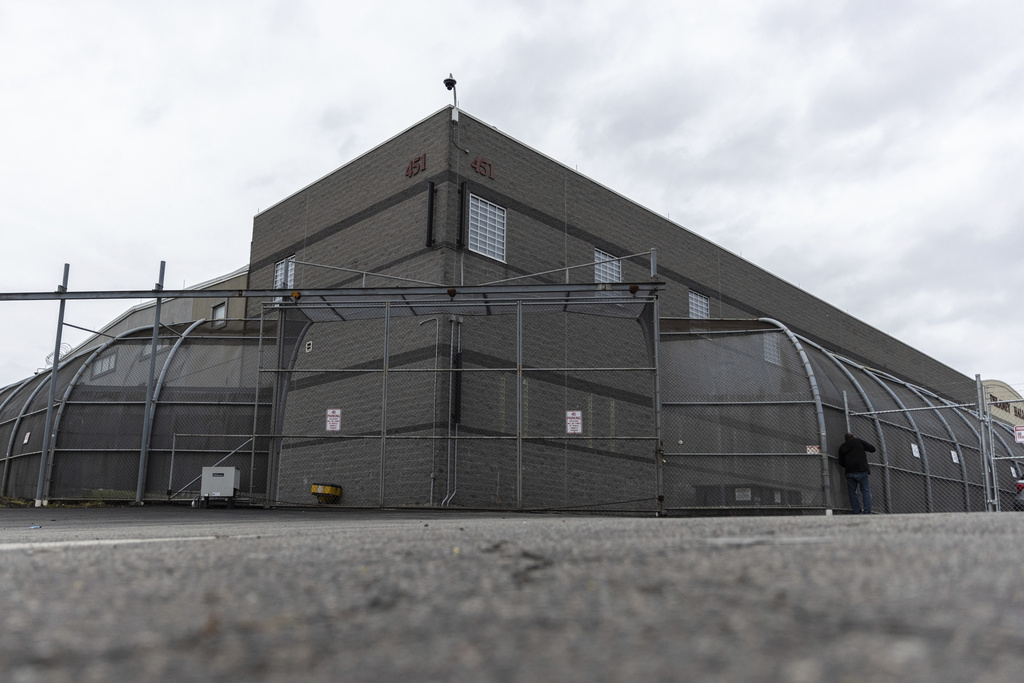How long will you live? It could be an inspiring or scary question.
But to a demographer It’s neither. It’s a key metric that says a lot about the health of a country.
In 1960 the average American’s life expectancy was almost 70 years old, according to the World Bank.
The U.S. ranked 189th in the world.
Today the nation has made progress, with an average life expectancy of 77.
But other countries have made greater strides. As of 2020, the U.S. was ranked 61st out of 237 nations.
Why have other countries surged ahead? And how could the U.S. improve?
To answer these questions we're focusing on three countries: the U.S., the richest country in the world, according to the World Bank; Japan, the third richest; and Chile, ranked 43rd.
We spoke to Joseph Chamie. He’s the former director of the United Nations Population Division.
"The U.S. was doing very well right after World War II in 1950, '55, relative to those countries," said Chamie.
During the post-war boom, Americans benefited from medical advances, like penicillin and open heart surgery.
Japanese men had a life expectancy of 24 during the war, thanks in part to combat and food shortages.
"Japan's life expectancy was lower than the U.S. in the early fifties. Of course they have to rebuild their societies," said Chamie.
The new Japanese government passed 32 health laws between 1946 and 1955 aimed at regulating doctors and nurses, requiring school lunches, reducing pollution and preventing infectious disease.
Japanese life expectancy shot up 14 years between 1947 and 1955, according to government data.
"In the case of Chile, it was even more remarkable," Chamie said.
Chileans' life expectancy was 54 years old in 1950.
"Chile in particular saw a dramatic increase in life expectancy. They were able to provide health care systems, developing that preventive care, dropping infant mortality rates," Chamie said.
Meanwhile in 1961, Japan established universal health insurance.
The government covered half of everyone’s medical costs.
"But there are many factors in Japan that were contributing to a lower mortality. One of them, of course, was diet and obesity. Eating more fish and more vegetables than the American diet," Chamie said.
Americans lived longer as the 20th century progressed, but we also developed some unhealthy habits.
"In the U.S. the diet started increasing with greater and greater reliance on prepared foods, commonly called junk foods, fast foods. More and more people involved in work and doing less exercise."
"In the U.S., many people are lacking health care systems in place, so they are not taking preventive action early enough to deal with illnesses. Especially the last 20, 30 years, drug addiction, opioids have become an epidemic level proportion. Obesity has also gotten much higher," said Chamie.
"Chile and Japan, they're providing health care systems, and also supporting people so they feel integrated in society," Chamie said. "They did some comparisons of Japanese who went to Hawaii and California. And you find that they changed their diet, increased obesity and also lower life expectancy because of that diet change."
"We're spending a great deal of money on our health care and doing not as well as many other countries, including China, Japan and Chile," he continued. "Individual responsibility is certainly one area. Second, providing health care systems and adequate services to assist people so that they will live to old age."
So many factors determine how long we’ll live. But Chamie says learning from other countries’ successes might help us improve longevity here at home.




 U.S. Life Expectancy Plunged Again In 2021, Down Nearly A Year
U.S. Life Expectancy Plunged Again In 2021, Down Nearly A Year






